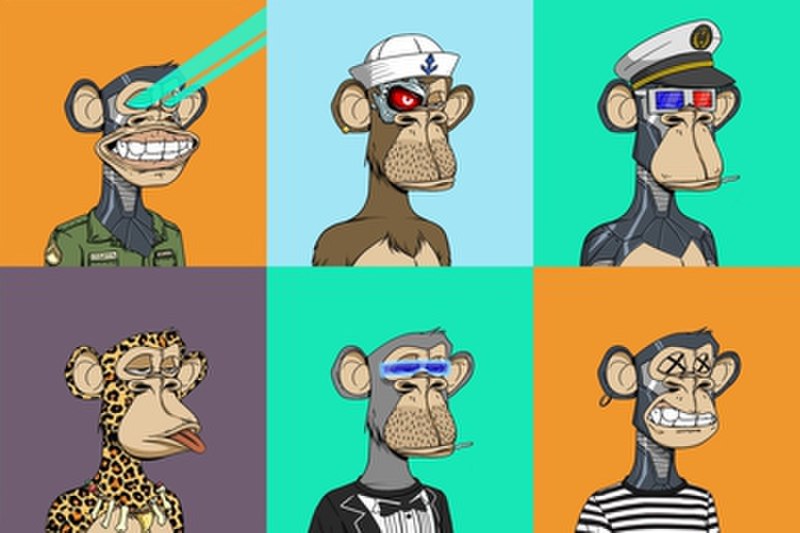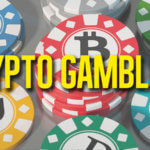Published on: 03/05/2022
OpenSea recovers with Otherside, records over $476 million NFT trades

New York-based NFT marketplace OpenSea registered Sunday on May 1 of Ethereum NFT trades of over $476 million. The milestone generated millions of dollars from NFT sales following the launch of the NFT gaming platform Otherside this weekend.
The milestone also marked OpenSea’s new daily record after beating its previous of hitting nearly $323 million single-day records, propelling the platform as the top NFT marketplace.
As for Otherside, the new platform entry is a brainchild of YugaLabs, the creator behind the hit NFT collection the Bored Ape Yacht Club.
The Otherdeeds that were reserved by Yuga prior to the sale are the Yuga Commons: Otherdeeds to be used exclusively by SDK developers, partners, and the community for testing, public events, and other builds and initiatives that push the Otherside forward.
— Othersidemeta (@OthersideMeta) May 1, 2022
OpenSea, BAYC avoids NFT bubble
BAYC is undoubtedly one of the most popular and leading NFTs project collections racking nearly $4 billion worth of trade volume across various Ethereum profiles. Garnering support from big names celebrities and individuals also explains the project’s surge of massive popularity over the years.
The launch of Otherside is expected to achieve more despite concerns over the NFT bubble and the downward trend in early to mid-2022. Especially for OpenSea as the platform dropped in March and would soon register a month-over-month rise of 40 percent with nearly $3.5 billion of trade volume.
As for Otherside, the game’s NFT virtual land plots or Otherdeeds dominated the NFT trading scene after hitting nearly secondary market sales of $559 million since launch.
See you on the Otherside in April. Powered by @apecoin pic.twitter.com/1cnSk1CjXS
— Yuga Labs (@yugalabs) March 19, 2022
Dim lights of NFTs?
Despite the grand NFT sales achievement, the explosive growth of NFTs, in general, was based on hype. At least that is what according to Virtual Pangea CEO Dani Chear.
On top of all, for Chear, the NFT market is far from mature, and as a digital asset, it is still in full swing of transforming digital property rights.
But in the case of the much-hyped market and its most basic idea of creating supply scarcity to increase its value is not necessarily the grand explanation behind why NFTs are still not dead.
However, a mixture of elements from the convenience of using it, purpose, reputation, tradable, and utility are the main elements. Which also most NFTs project lacks.
The overall majority of NFTs are mostly centered around hype which drives these projects to obscurity and eventually leads to bad reception from the public.
Perhaps a common running theme on the market is that not only most are based on hype, but also reputation and supply scarcity which are also contributed to NFTs’ lack of market value. Thus, dealing with these should sufficiently able projects to avoid being dubbed as, “digital baseball cards for the rich.”
Additionally, in the words of “Line Goes Up – The Problem With NFTs” creator Dan Olson via TIME, argued that NFTs are meant to be completely decentralized.
Meanwhile, in most cases, the NFT image can easily be altered or replaced should anyone manage to get access to its servers. Thus, this could have dealt a potential major blow to the industry despite the “man-in-the-middle attacks” being relatively rare.
Olson’s criticism was supported by macroeconomist and crypto investor Tascha Che as the two exchange rebuttals of the matter who thinks that while security is important, people often miss the idea that NFTs set forth how people distribute value over a system more secured than the centralized system.
“I do believe eventually there will be hyper-tokenization, and everything of value will find some kind of on-chain denomination. Because blockchain introduced these ideas of value exchange from person-to-person without going through centralized authorities,” Che responded to Olson’s critique that the end goal of cryptocurrency is the financialization of everything.
“Throughout human history, financial assets are almost like a mysterious, sacred thing: You have to be some kind of authority in order to issue an asset, and there’s a huge entry barrier.”
-
Crypto Gaming News // 2022-05-02
REVV Racing Review
-
Gaming // 2022-05-03
NFT Guru founder to launch Metaverse’s first monastery



